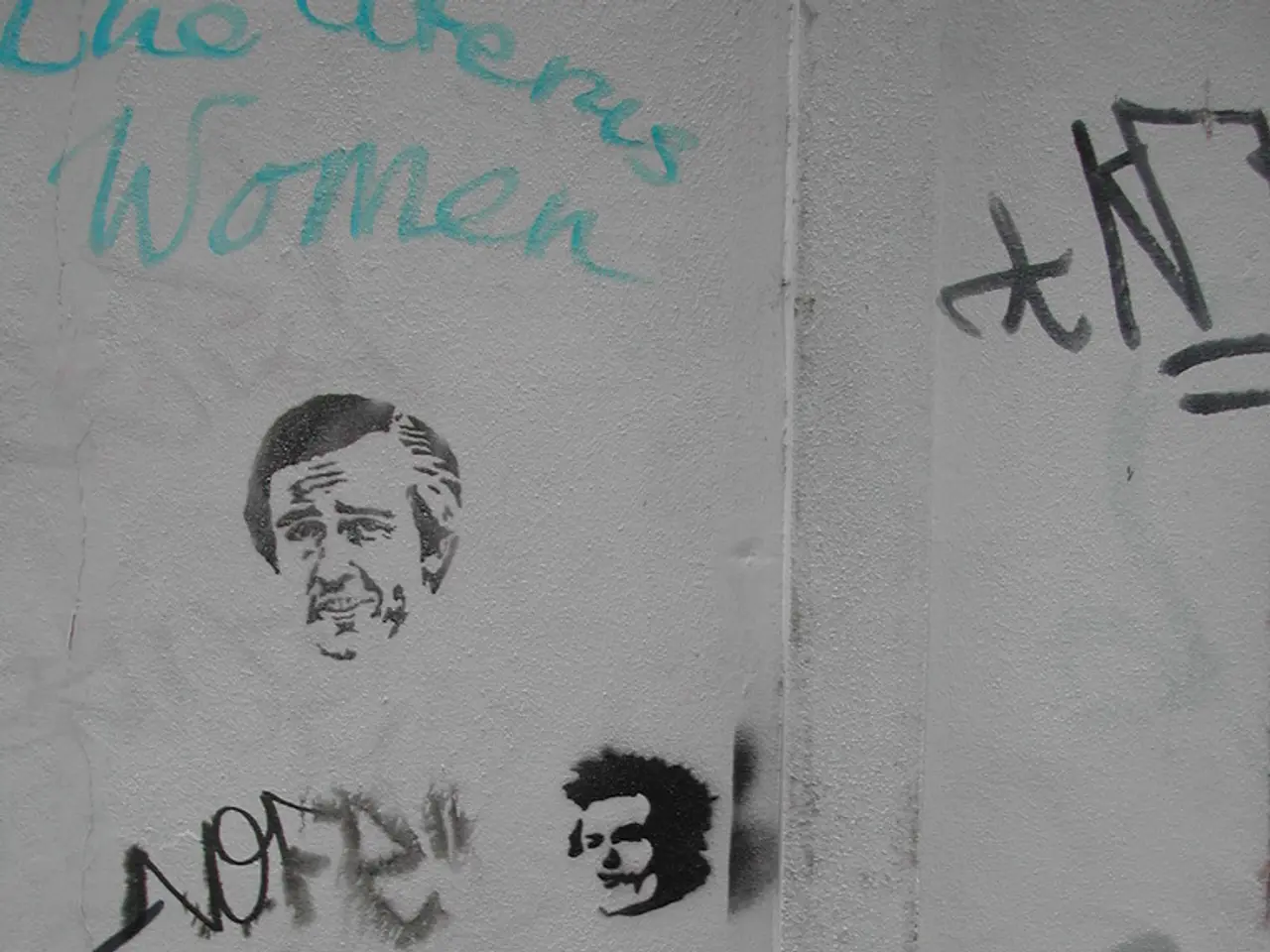Trump extends tariffs on Chinese imports for an additional 90 days
The US-China trade negotiations have continued to evolve since President Donald Trump announced a 90-day tariff deadline extension in May 2019. As of August 2025, the two economic superpowers have extended the tariff truce multiple times, most recently on August 11, 2025.
The latest extension halted planned tariff hikes, providing short-term stability for businesses. The move came after meetings in London and Stockholm, where a framework agreement to uphold the Geneva trade deal from May 12, 2025, was agreed upon. Both sides are committed to specific actions to modify tariff applications by August 12, 2025.
Under the extension, the US has suspended 24 percentage points of the additional tariff rate for 90 days, maintaining a 10% baseline tariff on Chinese goods. However, the overall tariff structure remains complex, including a 10% worldwide minimum tariff, 20% “fentanyl” tariffs, and 25% Section 301 tariffs.
Despite these suspensions and negotiations, substantial tariffs on Chinese goods remain, and a final comprehensive trade deal has not been fully implemented. The US is maintaining a total 55% tariff rate on Chinese imports, showing that significant tariffs remain in place.
The tariff tensions between the US and China have a long history, with both countries imposing prohibitive tariffs on each other's products. In April 2019, the US imposed a 145% tariff on Chinese goods, which was later reduced to 30%. China retaliated by imposing a 125% tariff on US products, but no new tariffs have been reinstated as of the current date.
Both sides have faced disagreements, with US officials accusing their counterparts of violating the pact in June. However, the relationship between Trump and China's President Xi Jinping remains positive, with Trump stating on Monday that the relationship is very good. Chinese Foreign Ministry spokesman Lin Jian also expressed hope for positive outcomes between the two nations.
Policymakers from both countries have continued to meet, with key economic officials from both nations meeting in London in June and policymakers meeting in Stockholm last month. Lin Jian also mentioned the importance of equality, respect, and mutual benefit in the negotiations.
In summary, while tactical tariff suspensions and negotiations continue, a comprehensive resolution to US-China trade tensions has not fully materialized. The trade relationship remains highly regulated and dynamic, with both sides attempting at de-escalation without removing core tariff measures.
[1] CNN Business. (2025). US-China trade war: A timeline of the escalating tariff battle. [online] Available at: https://www.cnn.com/2025/08/11/business/us-china-trade-war-timeline/index.html
[2] Reuters. (2025). US, China extend trade war truce, agree to framework for talks. [online] Available at: https://www.reuters.com/article/us-usa-trade-china-idUSKCN24S25L
[3] BBC News. (2025). US-China trade war: What you need to know. [online] Available at: https://www.bbc.co.uk/news/business-57364029
[4] Financial Times. (2025). US-China trade war: What you need to know. [online] Available at: https://www.ft.com/content/62f93a28-784d-4c6d-a7d6-61e806e547d2
Read also:
- Court petitions to reverse established decision on same-sex marriage legalization
- Chinese Ambassador issues stern message to India regarding Trump's tariffs in midst of escalating trade feuds
- Unveiling the potential template for authoritarian leaders in Togo's controversial constitutional switchover.
- Potential Consequences Following the Baku-Yerevan Joint Declaration Signing in Washington








